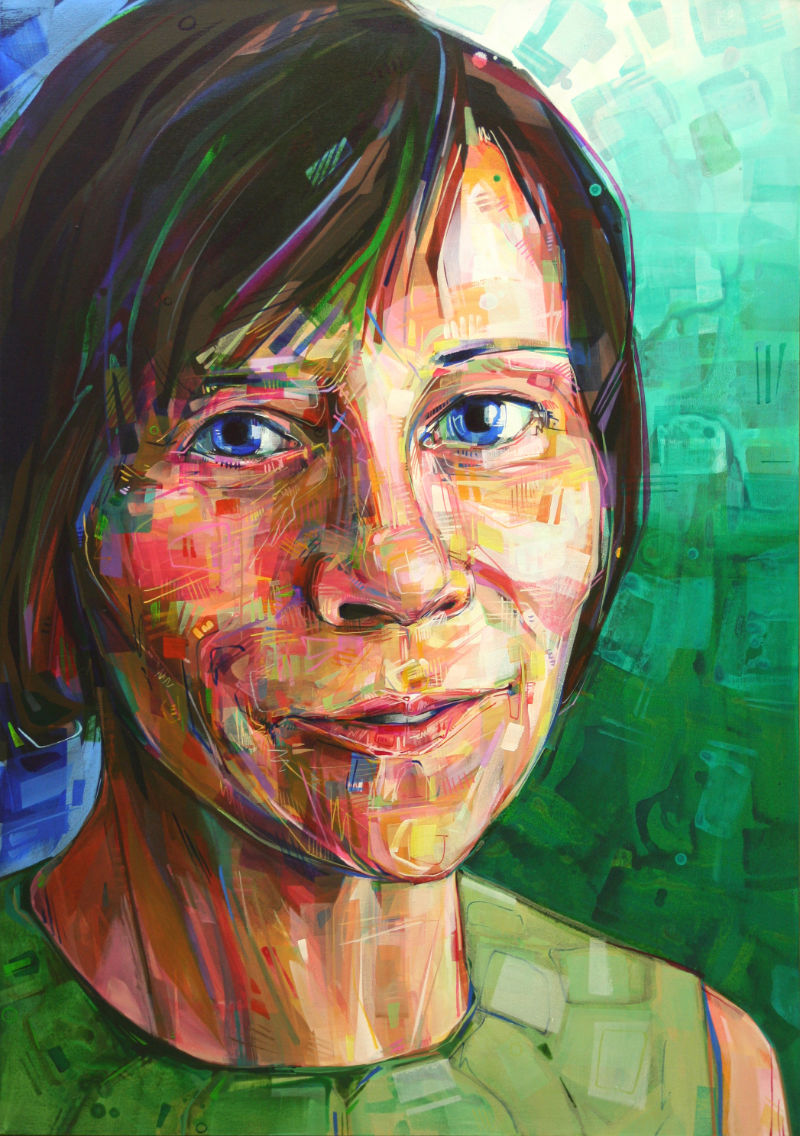Blog / 2009 / The Starving Artist and the Sell-out
September 30, 2009
As artists, we live with two stereotypes, both extreme and both extremely damaging to our profession.
The starving artist is the more popular of the two. It’s the category that almost everyone we meet puts us into the moment we tell them we’re an artist. It can mean everything from “lazy leech on society” to “eccentric dilettante.” It’s also the stereotype that many artists self-identify as. After all, there’s a pride to true bohemia, a certain glittering purity to being hungry and still not giving up what many would call a hobby.
On the other hand, the term “sell-out” is for internal use only. By that I mean that most people in the wider community would never judge an artist as a sell-out. It’s a label that’s applied to a creative by other creatives (usually starving artists) as a way of belittling outwardly measurable success.
The more I think on these stereotypes of artists, the more I’m convinced that the former is a disease of the mind and the latter does not exist.
The starving artist is not an actual person but an idea or even an ideal. For artists, it’s a comfortable way of being poor; for everyone else, it’s a comfortable way of not supporting the arts.
As for the term “sell-out,” the only person capable establishing if an artist is a sell-out or not is the artist. After all, the label implies that the artist has acted in a way that does not fit with their belief system. Since I can’t understand the inner workings of anyone else’s sense of integrity, I won’t pretend to know whether they have sold out or not.

Jeannette
2009
acrylic on canvas
48 x 34 inches
In my career, I’ve done just one thing that, in retrospect, I’m not entirely proud of. In that instance, it’s safe to say that I sold out, and I’ve been uncomfortable about it ever since.
Still, there are many things that I continue to do in my work that don’t conform to the rules of today’s art world. For one thing, I do commission work, a form of art-making that fell out of favor when open market art became the more popular source of income for artists. To some, making work on commission implies that the artist is beholden to the patron.
While for many artists that is probably the case, I have never made commission work that wasn’t also entirely my own. It’s an attitude that benefits me since I get to make the work that I want to make while also being paid, but my approach doesn’t fail my clients either. Because of it, they end up with art I am glad to have as part of my portfolio instead of something I’m ashamed of. For example, Jeannette’s portrait (pictured above) is a commissioned portrait, and both the patron and I are pleased with it.
I don’t see the world in black and white. It’s not open market work or commercial output: nor is it starving artist or sell-out. The in-between is a lot more interesting than either extreme.
Did this post make you think of something you want to share with me? I’d love to hear from you!
To receive an email every time I publish a new article or video, sign up for my special mailing list.

